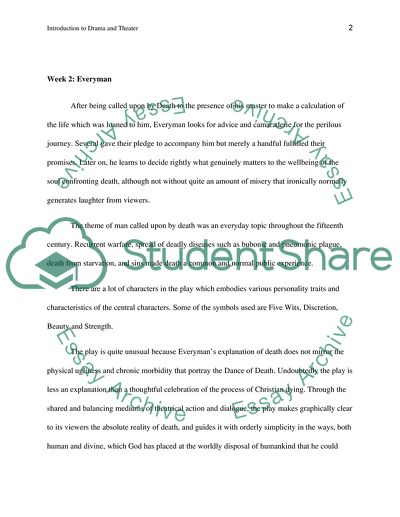Cite this document
(Dramatic Literature and Theater Art Assignment Example | Topics and Well Written Essays - 2250 words, n.d.)
Dramatic Literature and Theater Art Assignment Example | Topics and Well Written Essays - 2250 words. Retrieved from https://studentshare.org/culture/1723811-introduction-to-drama-and-theater
Dramatic Literature and Theater Art Assignment Example | Topics and Well Written Essays - 2250 words. Retrieved from https://studentshare.org/culture/1723811-introduction-to-drama-and-theater
(Dramatic Literature and Theater Art Assignment Example | Topics and Well Written Essays - 2250 Words)
Dramatic Literature and Theater Art Assignment Example | Topics and Well Written Essays - 2250 Words. https://studentshare.org/culture/1723811-introduction-to-drama-and-theater.
Dramatic Literature and Theater Art Assignment Example | Topics and Well Written Essays - 2250 Words. https://studentshare.org/culture/1723811-introduction-to-drama-and-theater.
“Dramatic Literature and Theater Art Assignment Example | Topics and Well Written Essays - 2250 Words”, n.d. https://studentshare.org/culture/1723811-introduction-to-drama-and-theater.


